While anyone with even a cursory interest in Greek and Roman civilizations would have heard the names of famous ancient cities like Ephesus, Troy and Smyrna, few are likely to have heard of Aphrodisias. We freely admit that we had not heard of it. Not until we were actively researching what we planned to do in Pamukkale when we got there. Based on our guidebook and what we read in some travel forums, Aphrodisias was not to be missed. And how right they were!
Pamukkale's primary attractions are the travertine terraces and the ruins of Hierapolis and it was our intention to visit these first and hold off on Aphrodisias for another day. The ruins of Aphrodisias are over a 100 kms southwest of Pamukkale and require multiple changes on public transport. Shared private transport was the more sensible option and under the threat of not having anyone to share with on the next day, we were convinced to join a few people headed there. Once there, we were given three hours to take a look around and also visit the adjacent museum before our transport would leave, with or without us.
As the name suggests Aphrodisias was named for Aphrodite, the Greek goddess of love. According to available archaeological information, it was a prosperous ancient town that was famous in Roman times for its Sanctuary of Aphrodite. Even as far back as the 6th century BC, it was a popular pilgrimage site, but it wasn’t until the 2nd or 1st century BC that the village grew into a prosperous town. At this time it occupied an area of just under one square kilometer and had a maximum population of 15,000.
The Roman emperor Augustus took Aphrodisias under his personal protection in the late 1st century BC and most of the monuments seen today on the site were built in the next 250 years. The city plan was centered around the Temple of Aphrodite and the Theater, with two large colonnaded squares between them. By the 3rd century AD Aphrodisias was the capital of the Roman province of Caria. Under the Byzantines the city changed substantially and the Temple of Aphrodite was transformed into a Christian church. It continued as a cathedral town until the Middle ages but seems to have been abandoned in the 12th century.
As we entered the site, just off the main walkway was an area where a large number of impressive sarcophagi have been arranged systematically. Excavated from the area, most were decorated with elaborate designs.
The Temple of Aphrodite itself was approached through one of the best preserved structures on the site, the Monumental Gate or Tetrapylon, named so for the four sets of four columns. It incidentally has been reconstructed almost entirely from the original blocks.
As for the Temple of Aphrodite itself, only 14 of the 40 Ionic columns that surrounded it remain today. Sections of the foundation have survived and toppled blocks lie strewn all around. On some of the columns are inscribed the names of the original donors who presented them to the temple. When the temple was converted to a church in the 5th century, they erased many features of the older structure.
A beautiful marble Bouleterion (Council House) that looks like a mini amphitheater stands nearby. Its lower part was preserved almost undamaged in a bath of mud for a thousand years. The seating on the upper part, an additional 12 rows collapsed with its supporting vault. As was typical, the seats were all made of marble. The stairways had lion's feet carvings some of which were still in good condition. A closer look at one of the chairs on the top row showed an interesting dolphin carving on its arm rest! It surely must have belonged to a special dignitary. The orchestra and stage building were adorned with mosaics and statues that now preserved in the museum.
Close by are the Baths of Hadrian that was constructed in classical style - it included figidarium (cold), tepidarium (lukewarm) and caldarium (hot, sweating) rooms. At the time of our visit the structure was mostly closed for renovation, but one could gauge its size by walking around it.
The Agora complex sits just outside the Baths and is an amazing structure. Built in the 1st century BC, it is over 650 feet long. Originally it was surrounded by porches supported by a row columns. A 4th century earthquake flooded one end and it was turned into a nymphaeum (fountain).
Climbing up from the agora, you come upon a spectacular white marble theater, a 7000-capacity auditorium complete with a stage! It was first completed in 27 BC but modified by the Romans in the 2nd century to suit their style. Some seats even have an individual's name staking their claim. In Byzantine times, the stage area was covered over with dirt and homes built on the area, so the original structure has survived rather well.
What has survived almost intact is an impressive stadium - 270m long and oval in shape. it is located at the northern end of the city. We understand it is one of the biggest and the best preserved of all ancient stadia. It was built in the 1st century AD and was specially designed for Greek athletic contests such as foot races, long-jumping, discus and javelin throwing.
Aphrodisias was granted the honor of hosting gladiatorial combats in Roman times. Standing at the edge of the stadium, it is not difficult to conjure up an image of raucous crowds packing the stands and cheering for either man or beast, depending on their inclination. V took the opportunity to enact a long cherished cricket fantasy - bowling in a large stadium! Unfortunately he only had one lone spectator cheering him. Yes, for a short period of time we had the entire stadium all to ourselves!
One of the real gems at Aphrodisias is the Sebasteion. it was originally built as a temple to the deified Roman emperors. In its heyday this was a spectacular building preceded by a three-storey high double colonnade decorated with friezes of Greek myths and the exploits of the emperors. Amazingly it was excavated as recently as 1979 and 70 of the original 190 reliefs have been recovered.
We spent all the remaining time we had at the excellent museum that has been specifically designed to display the sculptures and artifacts excavated at Aphrodisias. Since we had just visited the site, it made it easier for us to imagine how each frieze or statue would have looked in situ.
Looking at it overall, while restoration has played a part in bringing Aphrodisias back to life, many of its buildings and monuments are unusually well preserved and even in a short visit you get a real sense of the energy and vitality of this ancient city.
Google Maps Link
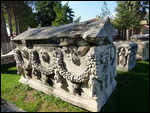
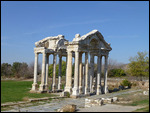
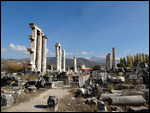
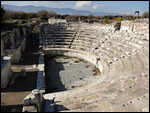
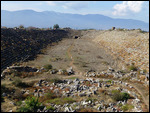
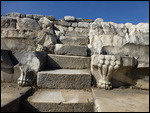
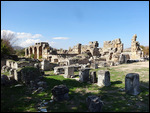
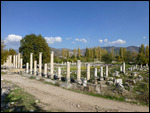
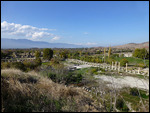

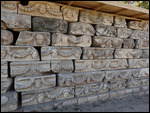

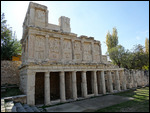
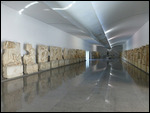
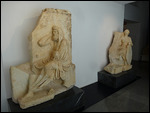
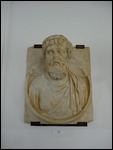
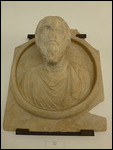
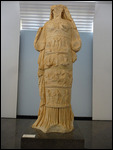
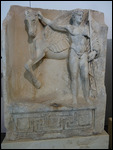
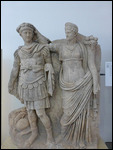
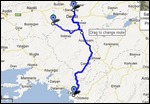
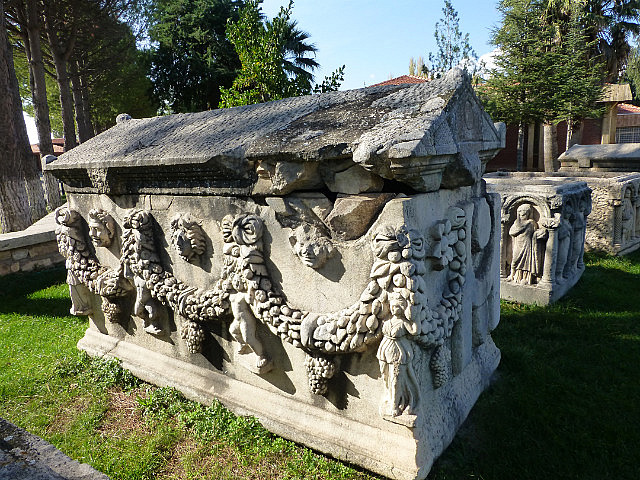
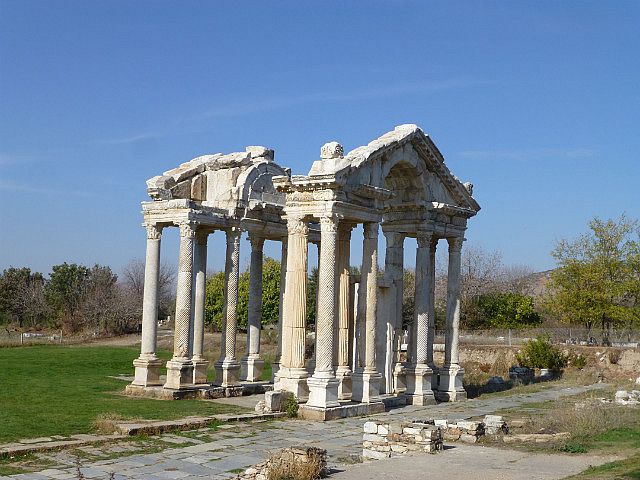
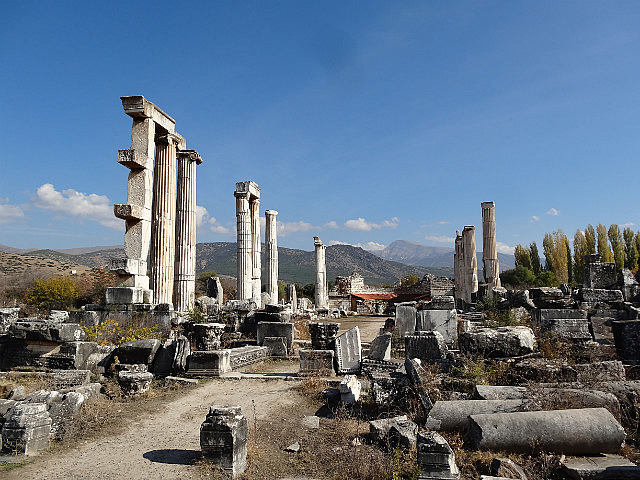
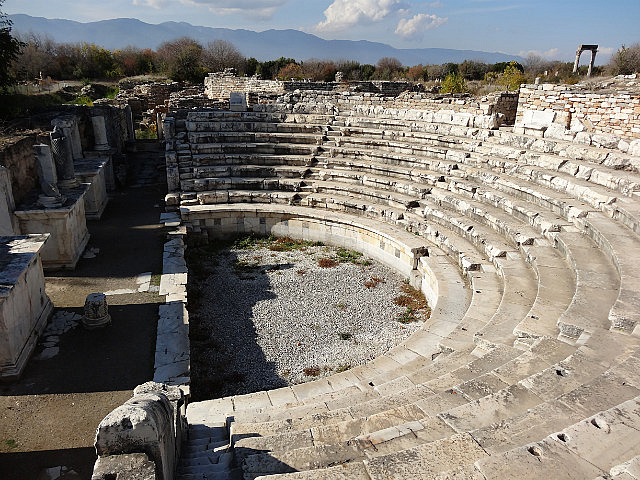
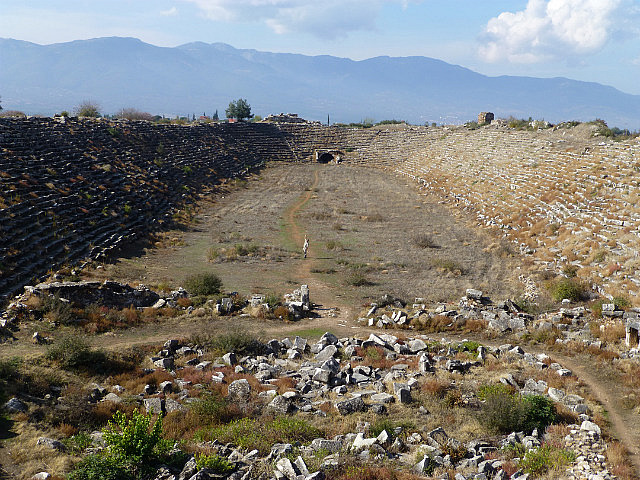
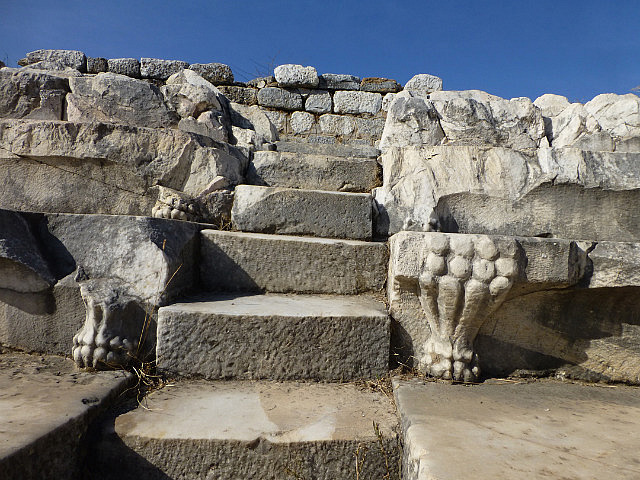
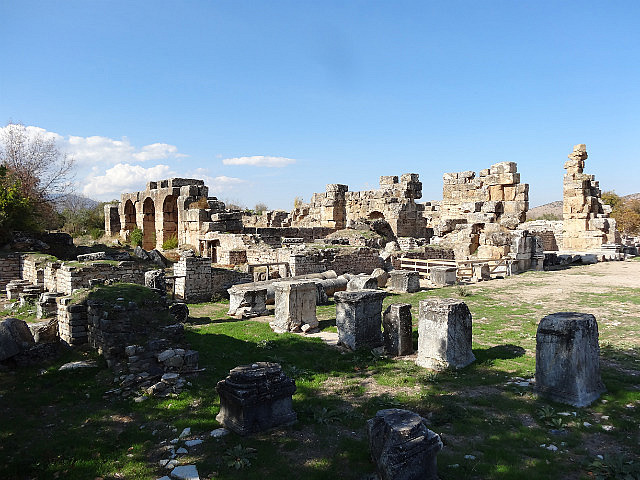
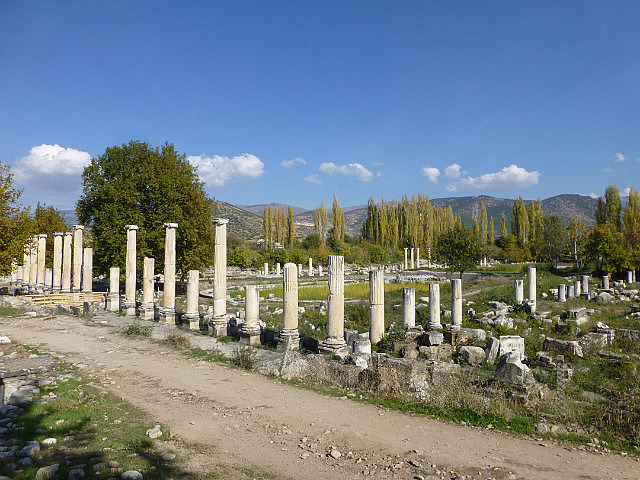
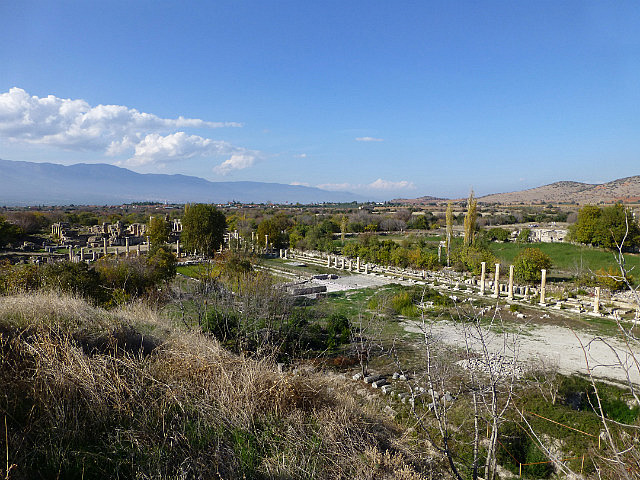
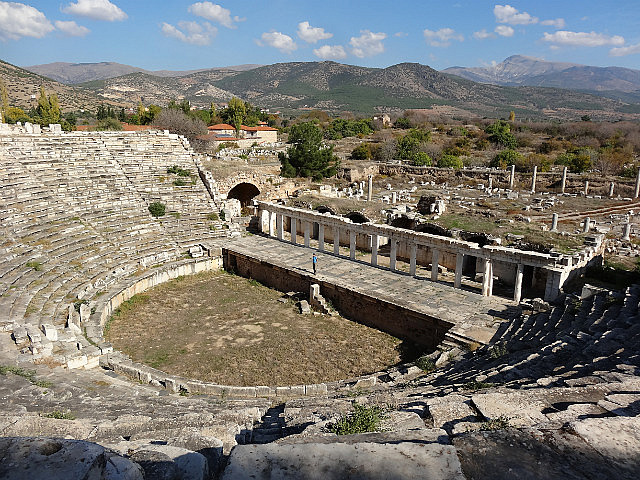
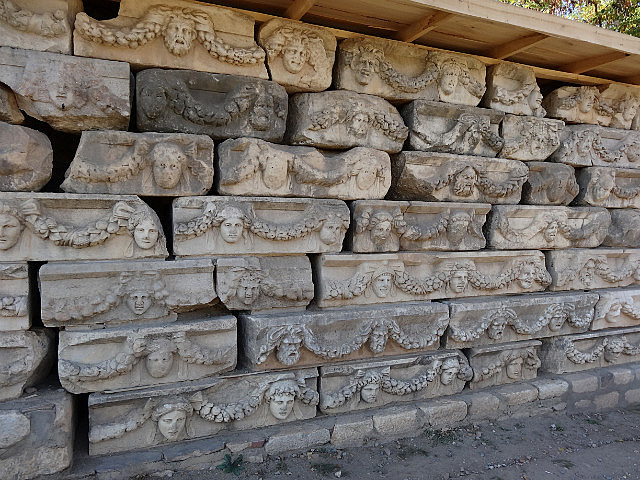
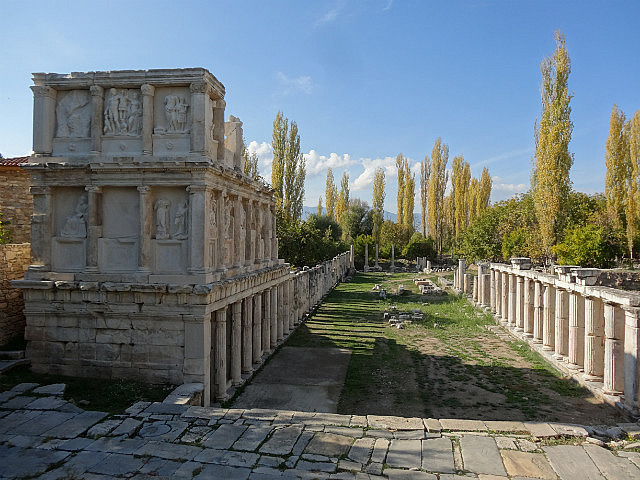
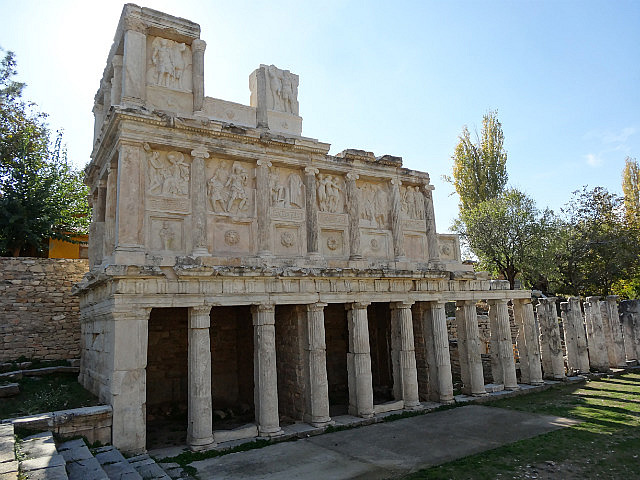
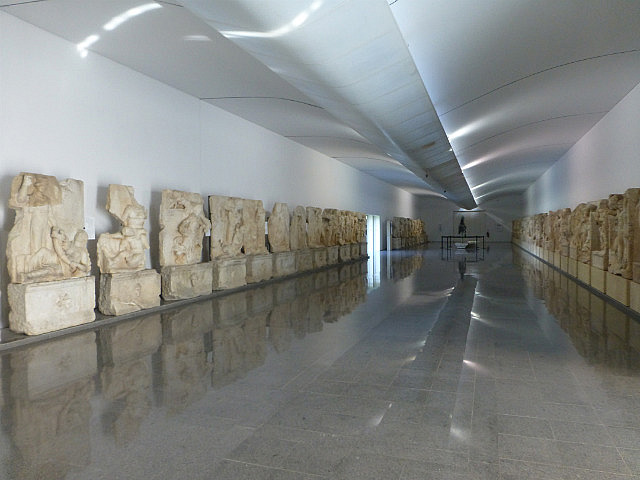
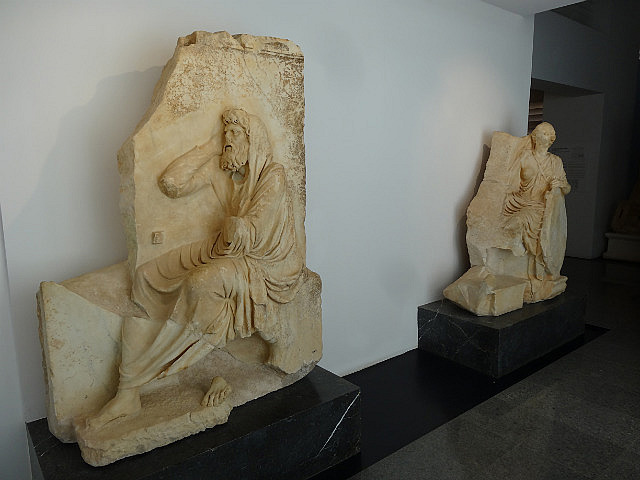
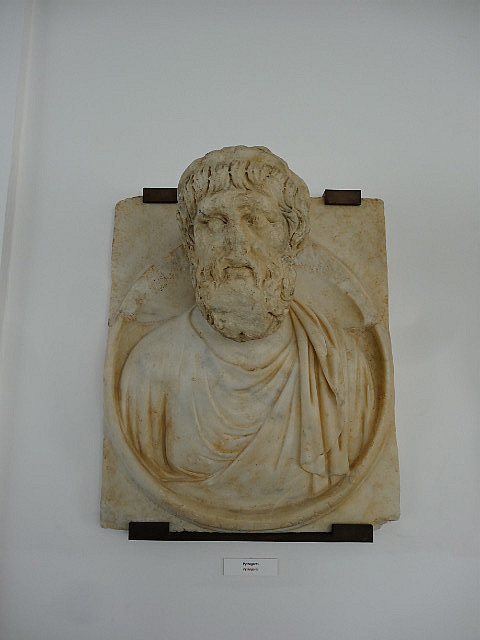
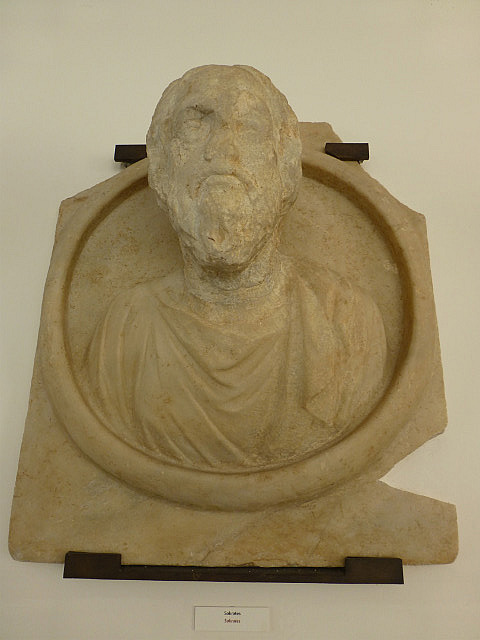
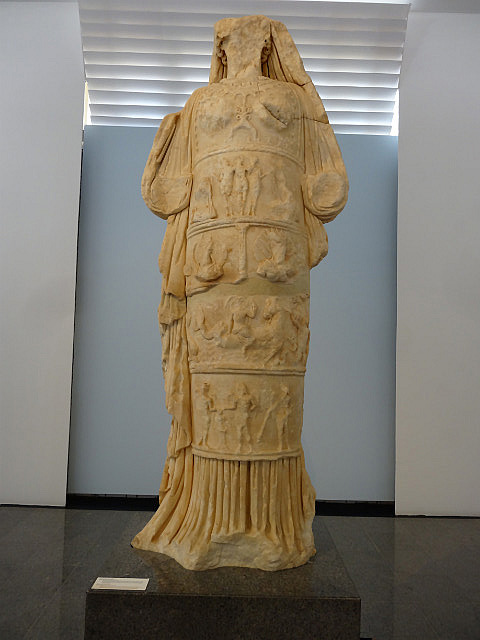
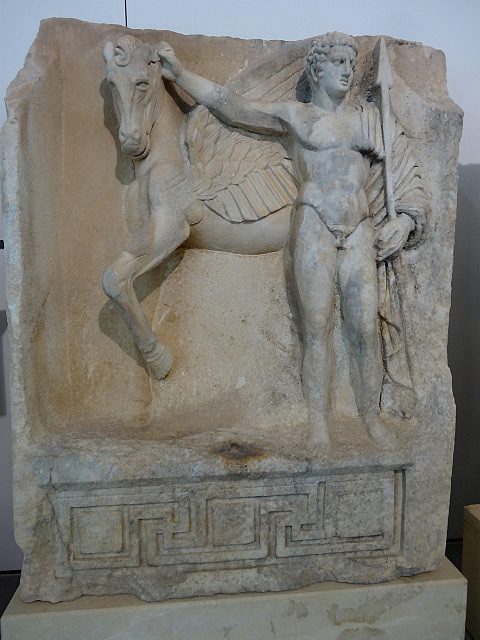
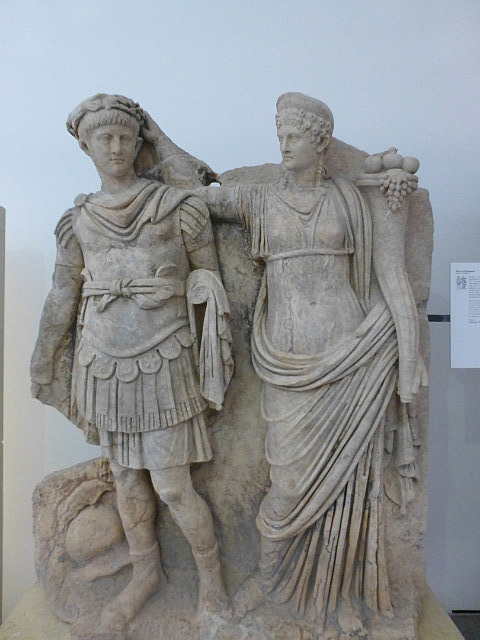
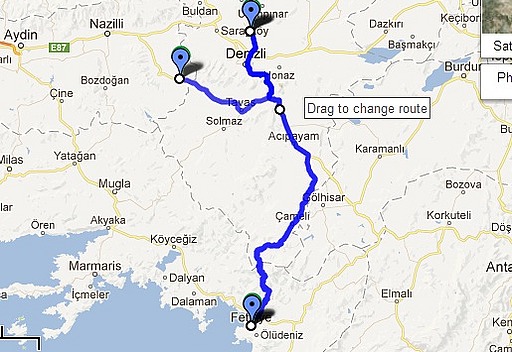
Comments